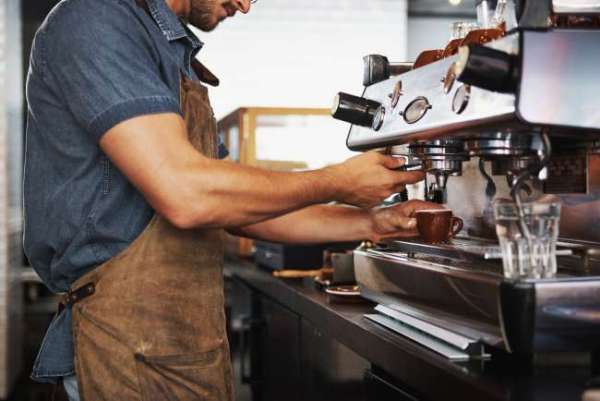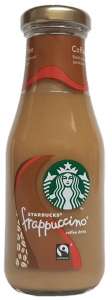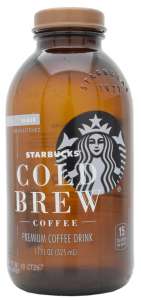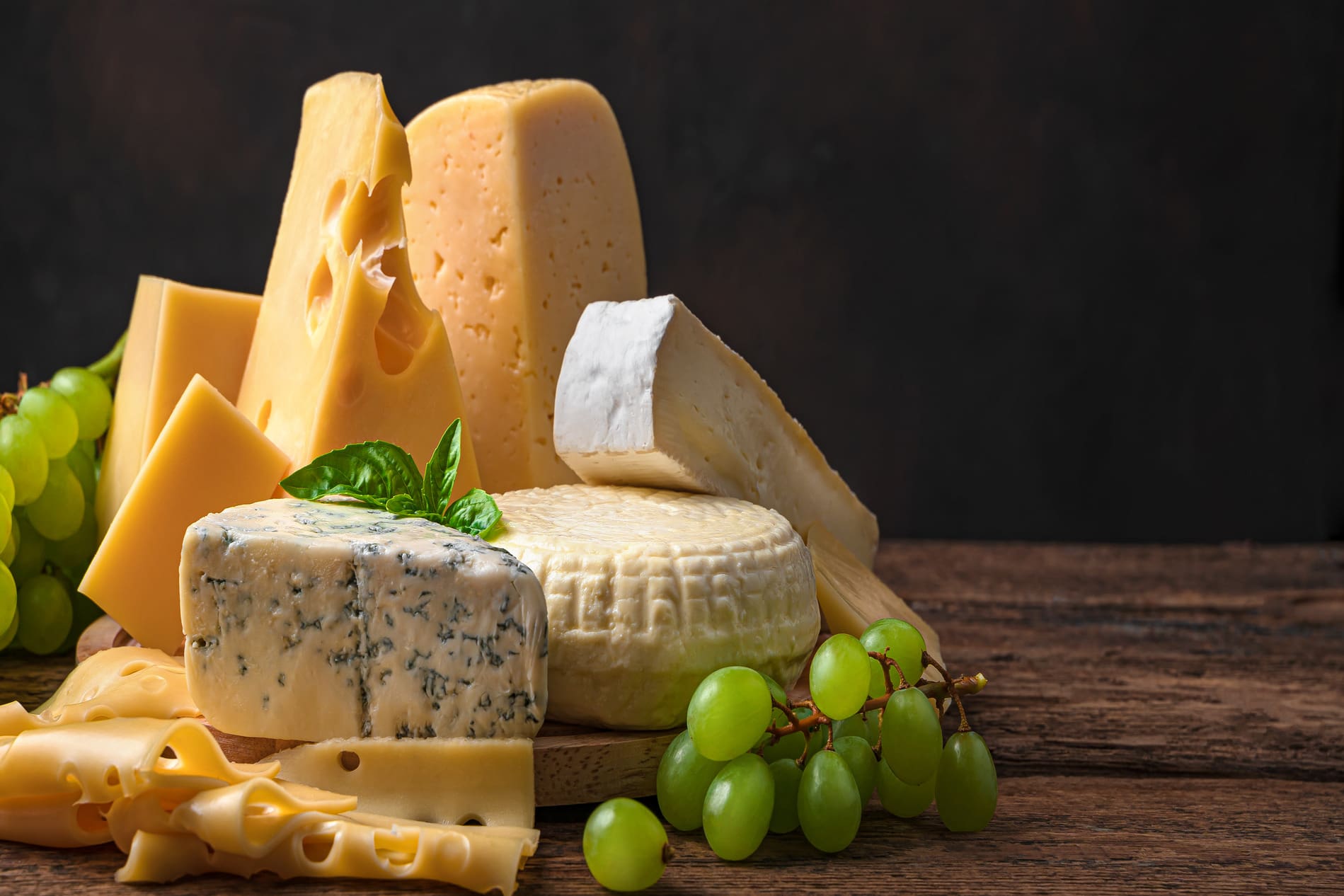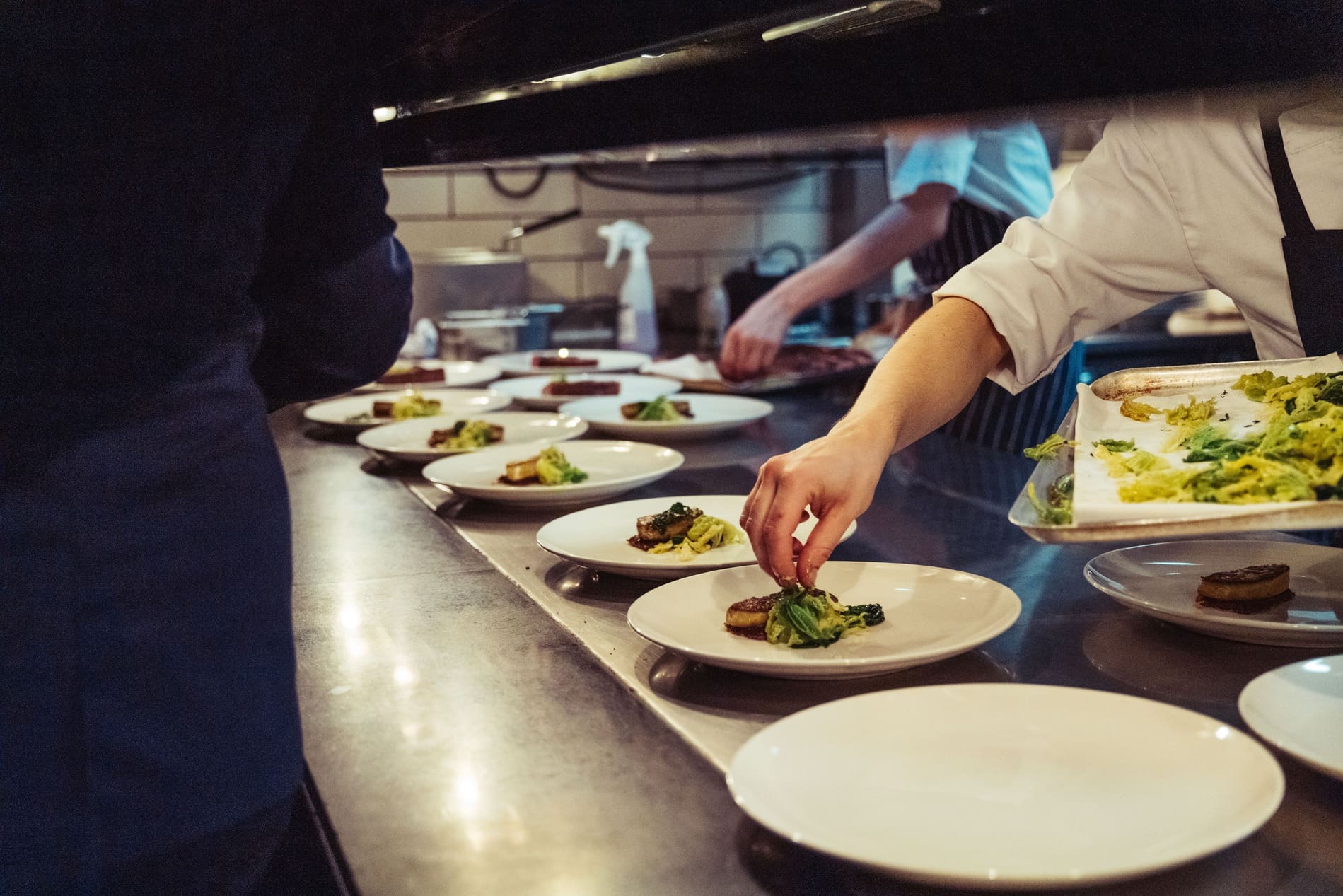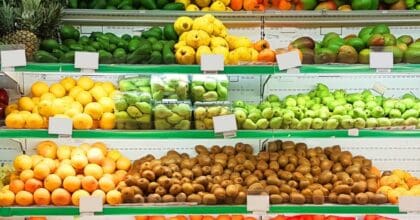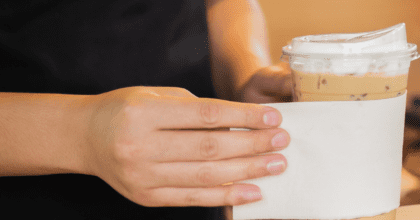-
Articles + –
Is the Italian coffee market ready for Starbucks?
Starbucks is (finally) coming to Italy in late 2018 and is already disrupting this conservative coffee market. Just like Domino’s Pizza and McDonald’s before it, Starbucks is likely to defy purists by performing well in Italy because younger Italians are more open-minded than older ones about newer styles of coffee and are more globally-influenced in their habits.
After years of rumours and development, Starbucks will finally enter Italy in late 2018. It will open a ‘Reserve Roastery’ in a renovated 2,400-square-metre palazzo in Milan’s financial district. If it succeeds, Starbucks could open 200 more stores in Italy over six years, according to Percassi, Starbucks’ Italian partner.
Many of Italy’s “old guard” write off Starbucks’ chances before it enters: how can a US chain, renowned for milky and expensive coffee succeed in Italy, the home of the affordable espresso? Indeed, Starbucks faces huge competition from Italy’s 149,300 bars* where Italians down espressos standing up (no sit and sip) and ordering a latte will get you a glass of milk, not a coffee.
A new generation of coffee drinkers
Despite the odds, Starbucks is more likely to thrive than fail. Italians mocked the entrance of US chain Domino’s into the “home of pizza” in 2015, yet Domino’s has since expanded as locals warm to a modern pizza experience. In the 1980s, locals predicted McDonald’s would fail, yet it also thrived.
The past decade has already seen a growing demand for new coffee types in Italy, like caffé schiumato (topped with milk froth), caffè marocchino (froth and cocoa powder) and caffè alla nocciola (cream and hazelnut paste), as cited in Time magazine.
The past decade has also seen smartphones take off. Younger Italians have grown up more connected and inspired by global, not just local, food and drink trends. Moreover, 44% of 16-24-year-old Italians choose a new food/drink flavour based on travel experiences versus 28% of those aged 25+ — so Starbucks’ will benefit from its global footprint.
Italian coffee brands position themselves for Starbucks’ arrival
In 2017, Lavazza opened its first ever flagship store in Milan, which showcases Italian design and gastronomy, as well as both traditional and new coffee drinking styles. This means visitors will see cold brew and historic espresso recipes side-by-side. The store reminds Italian consumers that Lavazza can also be modern and innovative like Starbucks — and with a 100-year heritage to boast.
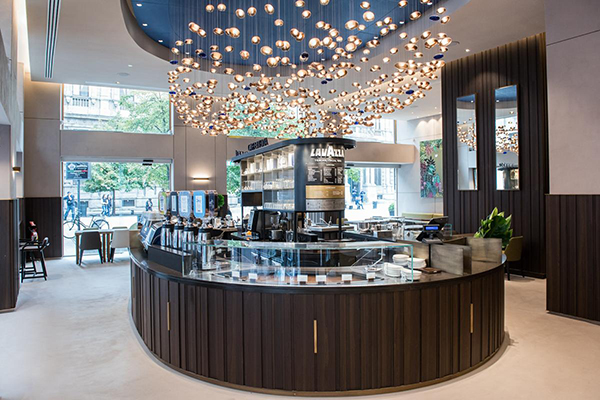
Illy had already opened its luxury flagship store in 2015, described as “a contemporary art café”, followed by a second store in 2017. Both brands likely recognised the growth potential of coffee shops, and that creating physical branded experiences is a great way to drive retail sales. This has been the big learning from Starbucks, which has built up a formidable global retail business by selling a visible high-street “lifestyle” brand. Illy’s and Lavazza’s merging of traditional and modern coffee culture can give them a competitive edge over Starbucks, in Italy and globally. After all, Starbucks’ rise was inspired by Italy’s coffee lifestyle and only began in 1971. Italian brands can therefore play on their heritage and native style to be more aggressive in growing their global in-store footprint.
Stimulating Italy’s cold coffee revolution
If Starbucks gains a foothold in Italy, it will likely use this as a stepping stone into retail. Ready-to-drink (RTD) coffee launches are rare in Italy despite growing popularity in Europe, yet Starbucks’ strategy in other markets has been to use Frappuccinos as a bridge from stores to retail.
Starbucks has also bet heavily on cold brew coffee in other markets and Italy is likely to be no different. Cold brew is a concept that few Italians are likely to understand at the moment and there have been no cold brew retail launches yet in Italy. But half of 16-34 year-old Italian coffee drinkers are interested in trying cold brew coffee and the slow brewed concept is likely to appeal to a nation which forged the slow food movement.
This means Italian coffee brands have a window of opportunity to create and market their own cold brew products, rather than waiting for Starbucks to grab the initiative.
*According to a Federazione Italiana Pubblici Esercizi 2016 report

Jonny Forsyth is Associate Director, Mintel Food & Drink, monitoring and engaging with latest innovations and market developments in all alcohol and coffee categories.
-
A year of innovation in coffee: 2021Explore the latest innovation globally across the coffee market...Find out about this market
-
Mintel LeapMintel Leap is a revolutionary new AI-powered platform that will transform your research process....Book a demo












